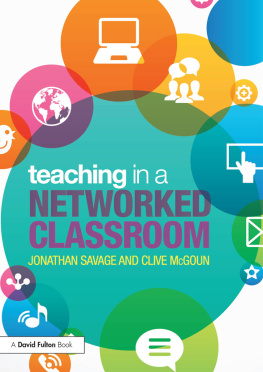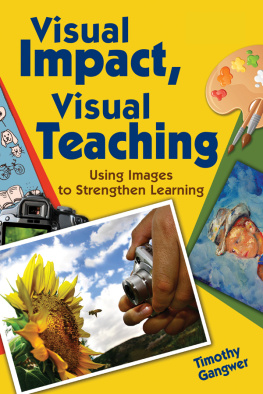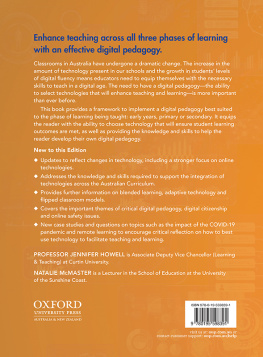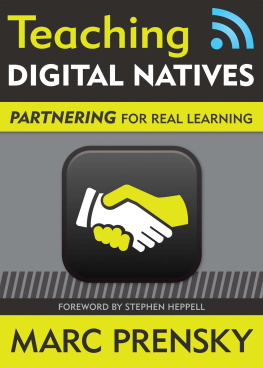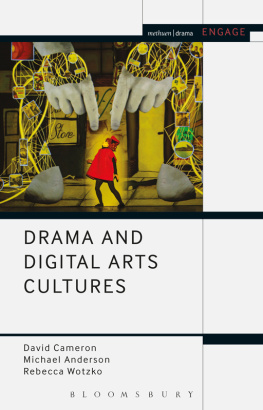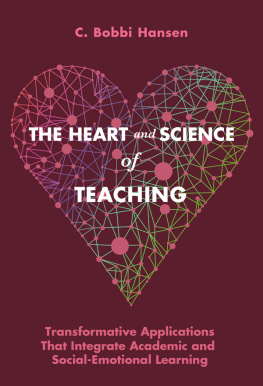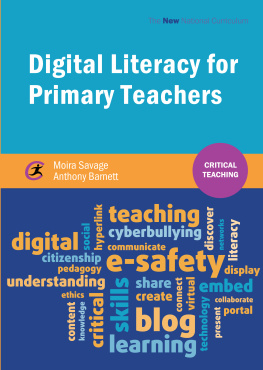
Teaching in a Networked Classroom
The pace of technological change has made the immediate and long-term future difficult, if not impossible, to predict. Teachers are forced to imagine the world they are preparing their students to live in. In this situation, creativity becomes a vital resource for enabling uncertain futures to be embraced, and an important attribute for students to have both for their learning and their employability in the future.
In this book, the authors argue that creativity is a social and collaborative process that can be enhanced through online and digital technologies. Filled with case studies and practical tasks, it shows teachers how they can develop an approach to teaching and learning with digital technologies that is inherently social, collaborative and creative. Including case studies and practical examples of projects and lessons throughout, the chapters cover:
Learning in a networked society;
An examination of sharing practices and how knowledge can be shared more effectively;
Potential pitfalls of virtual learning environments and public social networking sites;
Using digital media to plan schemes of work and lessons;
How to facilitate meaningful collaboration and discussion through digital media;
Creating online environments to enable students to share their understandings and learning.
Bringing together key ideas about creativity, collaborative learning and ICT in the classroom, this timely book will be an invaluable resource for all teachers.
Jonathan Savage is a Reader in Education at the Institute of Education, Manchester Metropolitan University, UK. He is also Managing Directer of UCan Play, a company that supports the innovative use of technology in education.
Clive McGoun is a Senior Lecturer in Communication at Manchester Metropolitan University, UK.
Teaching in a Networked Classroom
Jonathan Savage and Clive McGoun

First published 2015
by Routledge
2 Park Square, Milton Park, Abingdon, Oxon OX14 4RN
and by Routledge
711 Third Avenue, New York, NY 10017
Routledge is an imprint of the Taylor & Francis Group, an informa business
2015 Jonathan Savage and Clive McGoun
The right of Jonathan Savage and Clive McGoun to be identified as authors of this work have been asserted by them in accordance with sections 77 and 78 of the Copyright, Designs and Patents Act 1988.
All rights reserved. No part of this book may be reprinted or reproduced or utilised in any form or by any electronic, mechanical, or other means, now known or hereafter invented, including photocopying and recording, or in any information storage or retrieval system, without permission in writing from the publishers.
Trademark notice: Product or corporate names may be trademarks or registered trademarks, and are used only for identification and explanation without intent to infringe.
British Library Cataloguing in Publication Data
A catalogue record for this book is available from the British Library
Library of Congress Cataloging in Publication Data
Savage, Jonathan.
Teaching in a networked classroom / Jonathan Savage and Clive McGoun.
pages cm
Includes bibliographical references and index.
1. Education--Computer network resources. 2. Teaching--Computer network resources. 3. Internet in education. 4. Web-based instruction. I. McGoun, Clive. II.
Title.
LB1044.87.S28 2015
371.3344678--dc23
2014046358
ISBN: 978-0-415-70897-5 (hbk)
ISBN: 978-0-415-70898-2 (pbk)
ISBN: 978-1-315-69774-1 (ebk)
Typeset in Melior
by Saxon Graphics Ltd, Derby
For the past three years in the beautiful setting of Edale in the Peak District, over 100 spoon carvers have gathered to share their expertise, enthusiasm and passion for greenwood carving. Over three days they carve together: in workshops, where they concentrate on specific aspects of carving, and on short courses, where the more experienced pass on their skills and understanding. Ninety-nine percent of these people are amateurs, people who become obsessed about something and spend an inordinate amount of time thinking about it and talking about it. In Edale, there is a quiet, contagious enthusiasm. There is an egalitarianism between the most and the least experienced based on an understanding that, even for the few full-time wood carvers, the best way to develop is to maintain the amateur spirit, a Zen-like beginners mind that sees things as always fresh and new, pregnant with possibilities.
This is a community of people bound by a common passion, where learning takes place through participation. Everyone is immersed in this community during the three days. It quickly becomes clear that, directly or indirectly, everybody knows everybody else. When I was interested to find out who was forging their own tools, I asked Geoff, who I had been carving with near the main tent: I dont know, but ask Charlie, Im sure hell point you in the right direction. He did. Friends of friends became my friends. I was definitely a node in a network and my connections were expanding. I carved with Steve from Cumbria. I watched him over and over again axing out a spoon blank, establishing the right crank to make the spoon suitable for the mouth and aesthetically pleasing to the eye. There was a discipline to the carving and every cut made was an instance of that discipline. Steve was modelling good practice. I practised and practised, trying to copy what he was doing. I reflected on the results and tried to work out why and how my spoon blanks lacked his fluent lines, which expressed confidence and style.
We talked. He guided me in modifying my technique with the axe. The learning activity was a conversation, and it added to many such conversations and learning activities that I enjoyed over the three days. My conversation with Steve was with an expert carver. Yet as important were subsequent conversations with the community where I repeated what I learnt, passed it on, and helped others as Steve had helped me. This idea of teaching what you know was deeply embedded in this community. Communities are not add-ons or adjuncts to learning; communities are the learning.
The design principles that guided the learning at Spoonfest were tacit yet very simple: we learn by doing and everyone can participate. There were children as young as six or seven carving with razor-sharp knives. There were complete novices learning how to use an axe and people who, after a lifetime carving, were learning new techniques with new tools. All were challenging themselves in producing a spoon that satisfied them. This inclusive, cross-generational learning context was something very new to me. Rarely had I seen it so naturally and successfully expressed in formal education (where I have spent my professional life) as it was in the context of Spoonfest.
Carving with very sharp knives involves intense concentration. There is a bell that rings at Spoonfest at 6 pm, which means Down tools, no more carving. Tiredness causes cuts. That tiredness comes from the intense concentration. Looking around at the way people in a field could be so absorbed in carving spoons, I was reminded of the concept of flow described by Mihaly Csikszentmihalyi (1990). In his book, and in the TED talk he gave in 2008, Csikszentmihalyi examines that state, which he calls flow, where people are so involved in an activity that nothing else seems to matter; where people do something simply for the sake of doing it.
Next page
